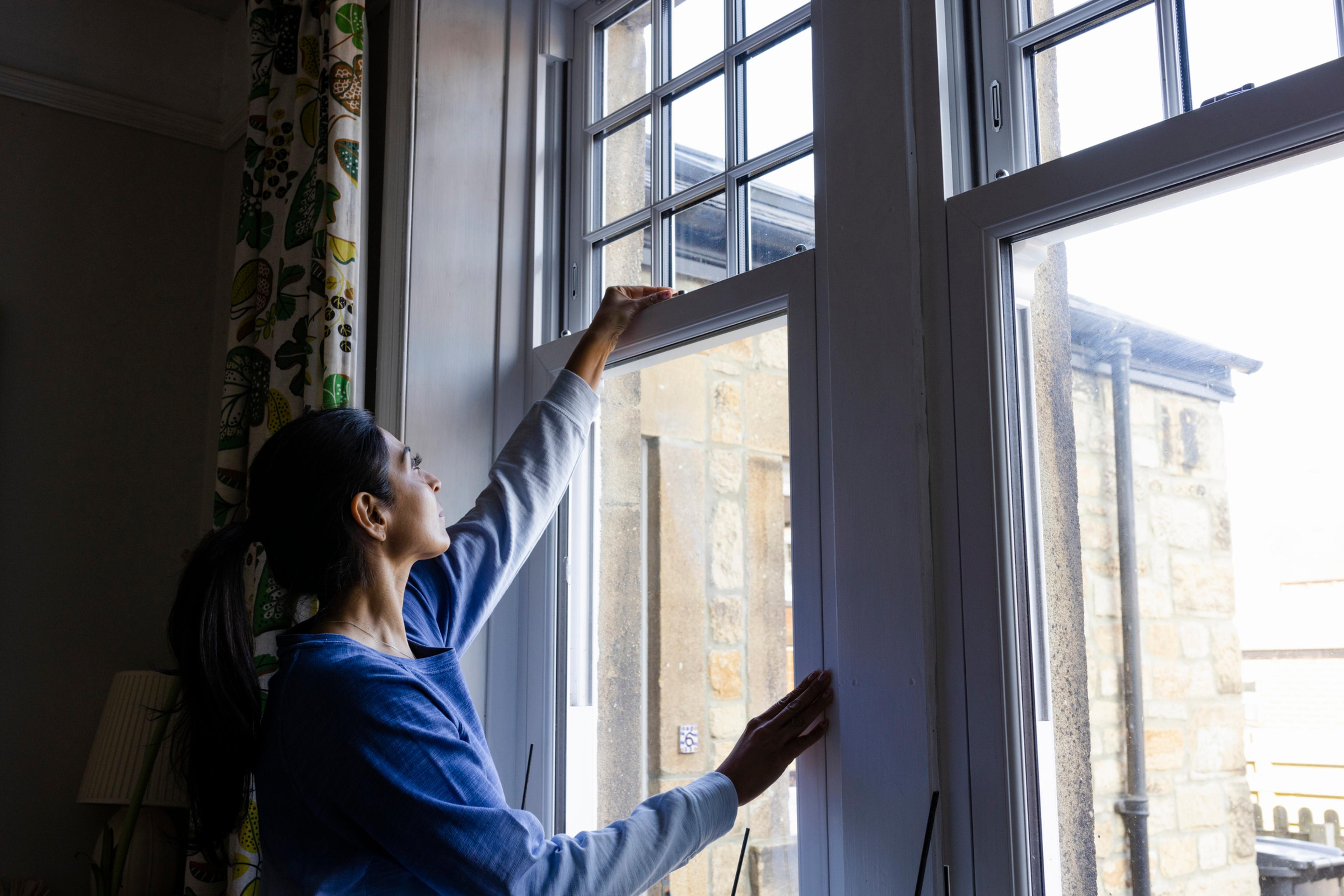Keep Your Kids Warm When The Temperature Drops
| 3 min read

Playing in the snow, building snowmen, having snowball fights—those are some of the greatest joys of winter if you’re a kid. But when the temperature dips below freezing, is it safe for your little ones to be outside very long? As a general rule of thumb, when temperatures are between 13 and 31 degrees, kids should come inside for a break every 20 to 30 minutes. But if your kids end up staying out longer (or needs to be outside when it’s below 13 degrees, like to wait for the bus), try these tips to keep them warm and safe:
- Dress in layers: Prepare by starting with a good thermal base layer to keep them warm, then another layer of pants and a top (if they’re playing in the snow, avoid heavy cotton like jeans—they’re slow to dry and cool the body down). On top of normal clothes, add another layer like a light zip-up or fleece jacket to extra insulation. As a rule of thumb, kids should wear one more layer than adults.
- Wear a weather appropriate jacket for the occasion: Look for a coat that is both waterproof and windproof, to keep your kid stay warm and dry. If your child is playing in the snow, get some snow pants to protect the base layers from getting wet.
- Always bring a hat and gloves: Having a bare head and hands can cause people to lose heat through exposed skin and constrict blood vessels. If your child is playing in the snow, make sure their gloves and hat are waterproof. You can also send your child out with hand warmers for immediate relief on cold days.
- Find the right footwear: Cold feet can make even the most fun activities miserable. Look for a shoe that fits right and is also waterproof, tall (to keep the snow out), lined with warm material and is easy to walk and run in. You can even toss a hand warmer or two in the toes of your boots for some extra warmth.
- Don’t overdo warm clothes: It seems strange, but make sure you don’t bundle your child up too much. Overheating can lead to sweating and dehydration, which makes it tougher to regulate body temperature and stay warm. Layering up can be a good way to combat overheating as your child can shed a layer if they’re starting to get toasty.
- Pack a hot drink: If you plan to be outside without access to indoor breaks, pack a thermos of some hot cocoa or soup for some immediate warmth. Your body burns more calories when it’s cold to stay warm, so if your child gets hungry, they’ll feel colder. Carrying around a couple of snacks can also help.
Whenever your family is outside in the cold, know the signs of frostbite and hypothermia. Frostbite will most commonly occur on exposed skin like nose, ears, cheeks and chin, and can also be found on covered fingers and toes. Signs of frostbite are numbness, red or pale skin, joint and muscle stiffness and blistering after rewarming. Signs of hypothermia include shivering, slurred speech and clumsiness or lack of coordination. If you think your child has hypothermia call 9-1-1 or seek emergency medical service immediately.





